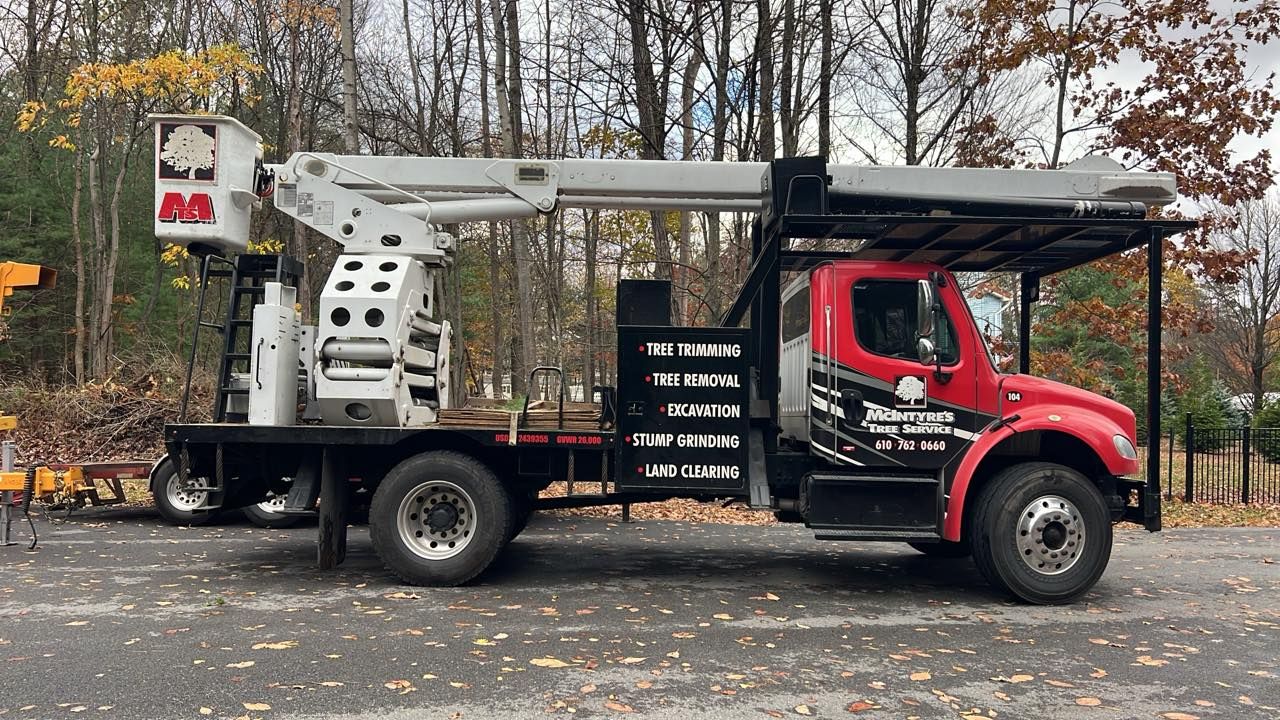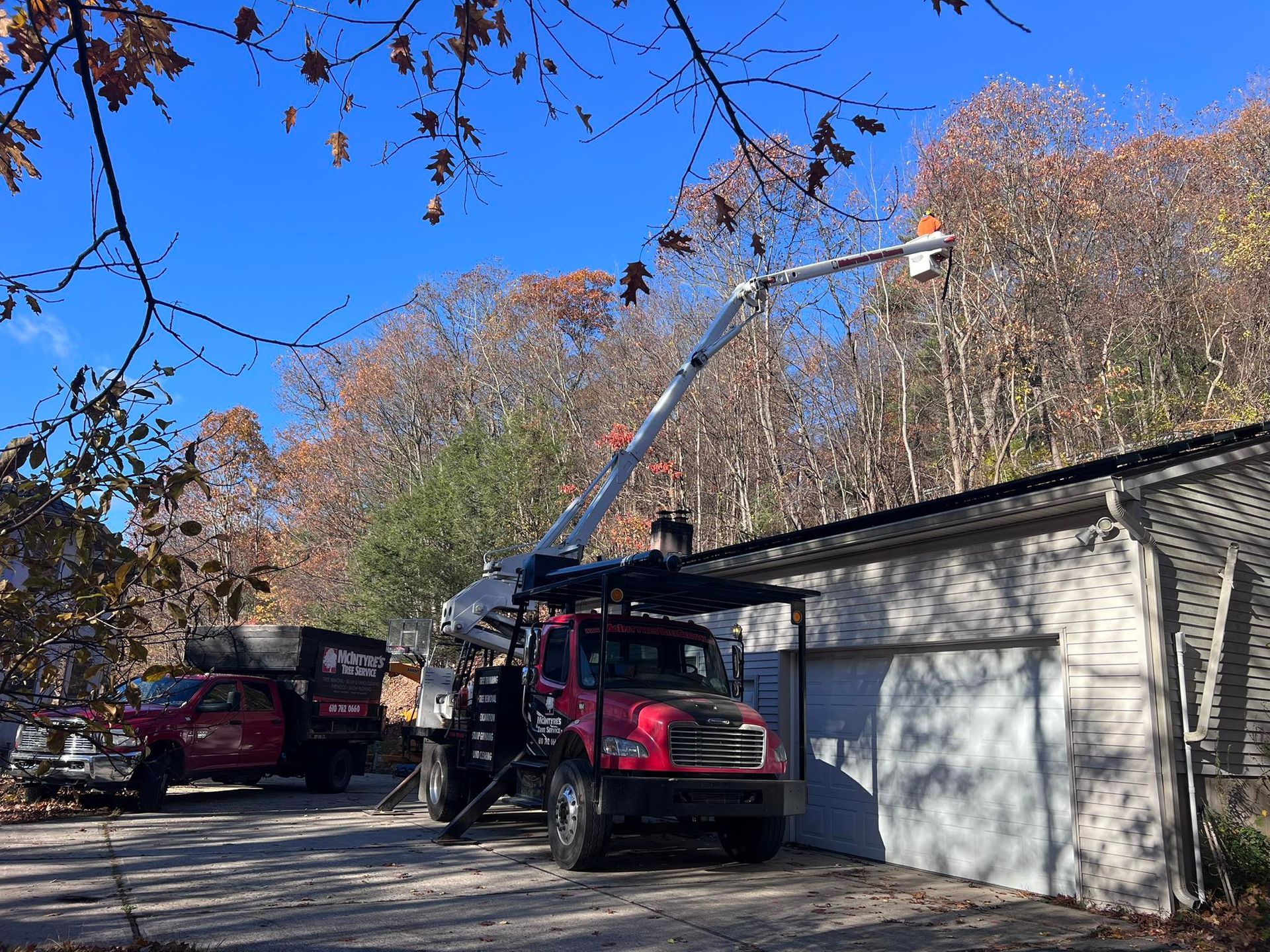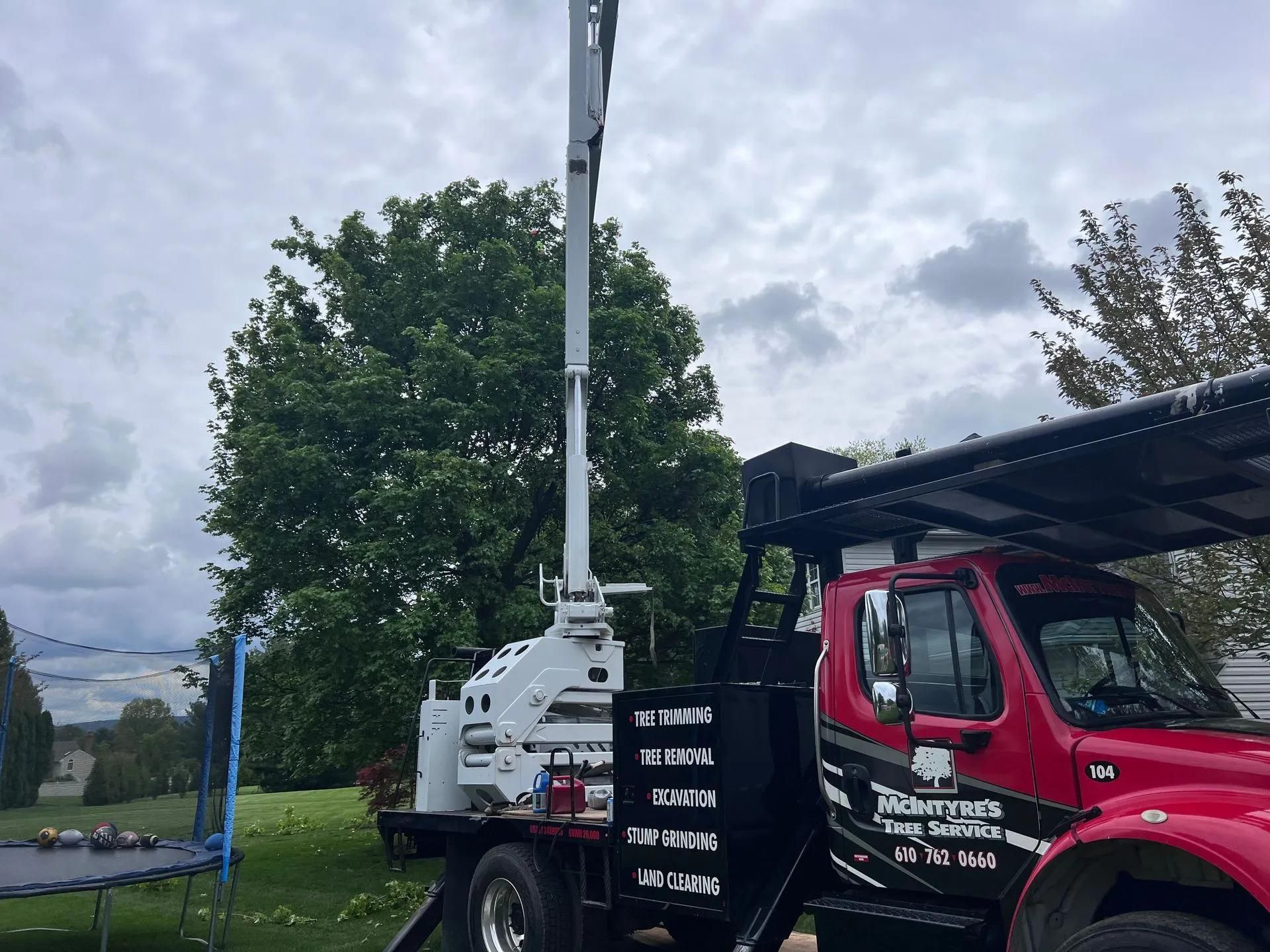How Tree Takedown Prevents Structural Damage to Your Home During Severe Weather

Table of Contents
- The Hidden Dangers of Unstable Trees
- Why Tree Takedown is More Than Just Cutting Trees
- Recognizing When You Need Emergency Tree Removal
- What Professional Storm Damage Tree Removal Looks Like
- Practical Steps to Protect Your Property Before a Storm
- Why DIY Tree Removal is Riskier Than You Think
- Take Action Before It’s Too Late
The Hidden Dangers of Unstable Trees
When the first gust of wind rattles your windows, or you notice branches swaying more than usual, it’s easy to underestimate the risk. Yet, overgrown, damaged, or diseased trees pose a serious threat to your home. From cracked foundations to punctured roofs, a single falling tree can create chaos in minutes. For proactive property protection, services like brush removal and proper tree management are crucial to reduce hazards.
We’ve seen it time and again with properties we manage. One seemingly healthy oak in a backyard leaned dangerously after a week of storms. By the time it fell, it had taken out part of the fence and narrowly missed the garage. These aren’t isolated incidents—unstable trees are a common cause of severe property damage, especially in regions prone to wind, heavy rain, or ice storms.
For property investors or landlords managing multiple sites, the stakes are even higher. Overgrowth can slow down renovations, delay contractors, and create liability risks if someone gets injured. That’s why investing in proactive tree takedown isn’t just a safety measure—it’s a financial safeguard.
Why Tree Takedown is More Than Just Cutting Trees
Many homeowners assume that trimming a few branches is enough. But tree takedown is a strategic solution. It goes beyond aesthetics—it’s about removing trees that could collapse under pressure.
Protecting Your Roof and Structure
Even moderate storms can send branches crashing down. Roof shingles, gutters, and siding often bear the brunt. We’ve handled multiple properties where minor neglect led to major repairs, simply because the trees weren’t removed in time. Tree takedown ensures that a leaning or dying tree is taken down safely before it becomes a hazard.
Safeguarding Foundations and Surrounding Areas
Falling trees can damage more than your roof. We often see cracks in foundations, smashed garden features, and crushed driveways from uncontrolled tree collapses. When we plan a tree takedown, we carefully dismantle the tree piece by piece, preventing collateral damage and keeping your property intact.
Minimizing Liability Risks
A dead tree near a walkway or parking area is more than unsightly—it’s dangerous. Someone could trip over exposed roots or be struck by falling limbs. Liability claims can be expensive and stressful. By taking action with professional emergency tree removal, we reduce the risk of accidents and give property owners peace of mind.
Recognizing When You Need Emergency Tree Removal
It’s not always obvious when a tree is a threat. Some signs are subtle:
- Branches that split or crack under minimal weight
- Leaning trees near structures or high-traffic areas
- Roots that appear lifted or damaged
- Fungal growth or decay on the trunk
- Recent storm damage leaving weakened limbs
In our experience, it’s often the small indicators that prevent the biggest disasters. We once responded to a property where a tenant reported “weird noises” from a tree outside their unit. A closer inspection revealed that the tree had a significant internal cavity. With timely emergency tree removal, we prevented a storm from turning it into a total loss situation.
Waiting until after damage occurs is costly. Repairing roofs, siding, or driveways can cost thousands more than proactive removal.
What Professional Storm Damage Tree Removal Looks Like
Handling a tree during or after a storm is not like a typical landscaping job. It requires specialized equipment, skill, and safety measures.
Assessing the Situation
We start with a thorough assessment. How is the tree positioned? Are there power lines nearby? What’s the safest way to dismantle it without causing further harm? These questions guide every decision we make.
Controlled Dismantling
Unlike a casual saw job, professional storm damage tree removal is methodical. We take down limbs in stages, lowering them safely to the ground. For larger trees, we often use cranes or rigging systems to prevent damage to nearby structures.
Debris Management
After the tree is down, leaving branches, leaves, and stumps behind can be hazardous. Professional services include full cleanup. For landlords, this step is crucial—it ensures tenants can safely use yards and common areas immediately after removal.
Documentation for Property Owners
For investors or landlords, we provide detailed invoices and reports. This helps track expenses, especially if insurance claims are involved. It’s not just about removing the tree—it’s about creating a record of professional, timely action.
Practical Steps to Protect Your Property Before a Storm
While professional tree takedown is essential, there are measures property owners can take in advance:
- Schedule annual tree inspections to catch early signs of weakness.
- Keep large trees trimmed, but know the limits—over-trimming can stress a tree.
- Clear smaller debris regularly to prevent secondary damage.
- Identify high-risk trees near structures and plan proactive removal.
We’ve also found that having a trusted
tree service on call is a game-changer. When a storm is predicted, we can mobilize quickly, reducing downtime and property risk. For landlords juggling multiple sites, this responsiveness saves time, money, and headaches.
Why DIY Tree Removal is Riskier Than You Think
We understand the temptation to tackle a tree yourself—especially if it looks like a simple cut. But even a small miscalculation can lead to serious injury or property damage.
- Falling limbs can hit your house, garage, or vehicles.
- Chainsaws and heavy equipment require skill and safety knowledge.
- Misjudging a tree’s weight or lean angle can cause it to fall unpredictably.
We’ve seen DIY attempts leave trees partially down, creating a dangerous “tipping hazard” that is even harder to fix. Professional emergency tree removal ensures it’s done safely, efficiently, and without creating additional risks.
Take Action Before It’s Too Late
Severe weather isn’t something we can always predict, but the risks to your property are real—and preventable. Tree takedown isn’t just maintenance; it’s protection for your roof, foundation, tenants, and peace of mind.
If you own multiple properties or manage investment rentals, timely action can save you thousands in repairs, prevent insurance headaches, and reduce liability. Whether it’s routine tree takedown, urgent emergency tree removal, or storm damage tree removal, professional care is the safest approach.
At
McIntyre’s Tree Service, we’ve handled countless properties like yours, making sure trees are safely removed, debris is cleared, and documentation is provided for every job. For fast, reliable service that protects your investments,
contact us today. Learn more about how we can keep your properties safe at McIntyre’s Tree Service.
Frequently Asked Questions
When should we schedule a tree takedown?
We recommend scheduling a tree takedown as soon as we notice leaning, diseased, or weakened trees near our home. Acting early prevents potential structural damage and keeps our property safe during storms.
How do we know if we need emergency tree removal?
We look for cracked branches, leaning trees near structures, or recent storm damage. If a tree poses immediate risk, we call for emergency tree removal to protect our home and avoid costly repairs.
What does storm damage tree removal involve?
Storm damage tree removal involves assessing hazards, safely dismantling damaged trees, and clearing debris. We rely on professionals to do this efficiently, keeping our property safe and minimizing risk.
Can we handle tree takedown ourselves?
We’ve found DIY tree takedown is risky. Improper cuts can cause property damage or injury. Hiring experts ensures the tree is removed safely, without putting ourselves or our home at risk.
How often should we inspect trees to avoid emergencies?
We inspect our trees at least annually, checking for decay, leaning, or broken branches. Regular inspections help us plan proactive tree takedown or storm damage tree removal before small problems become big emergencies.



